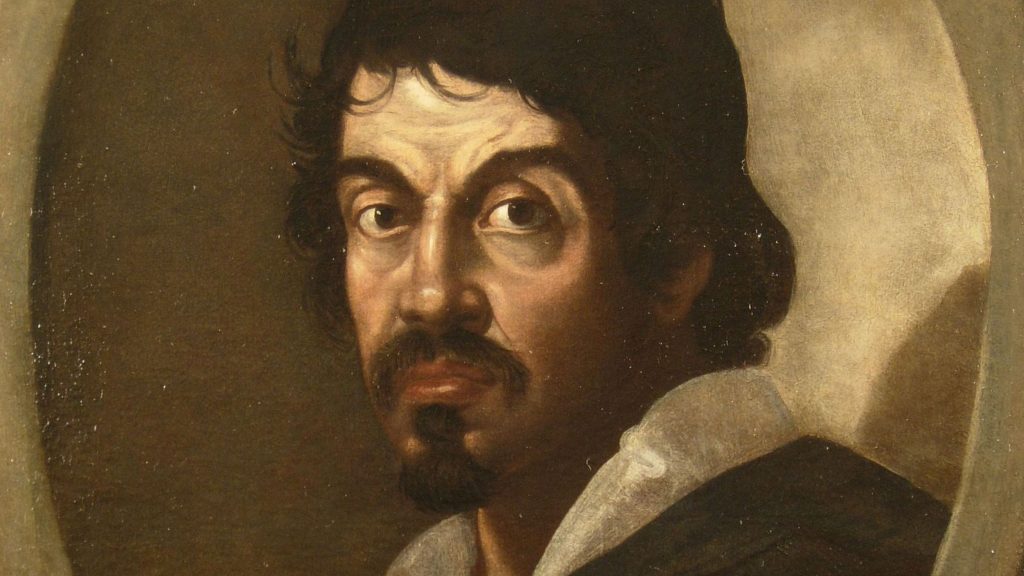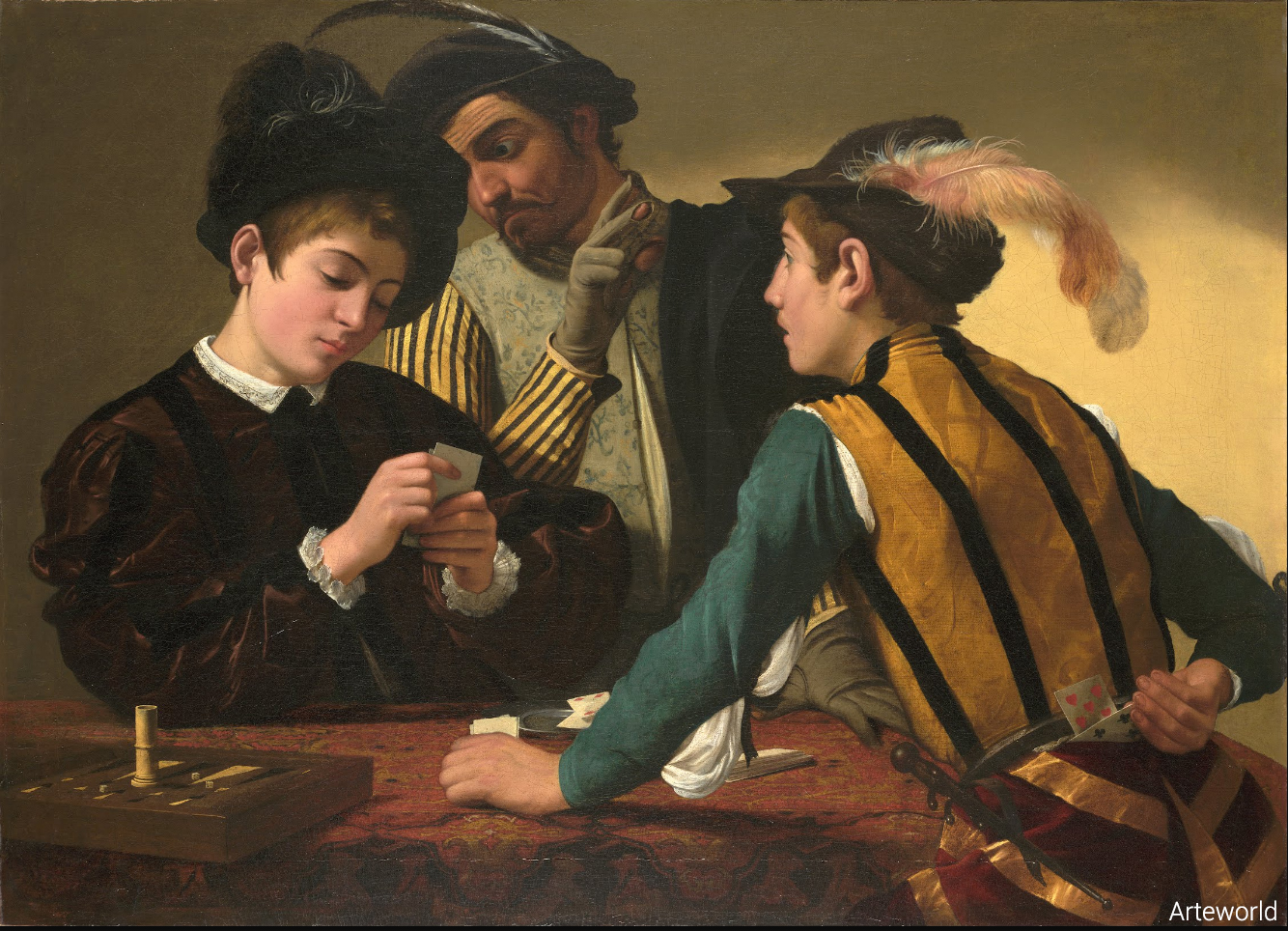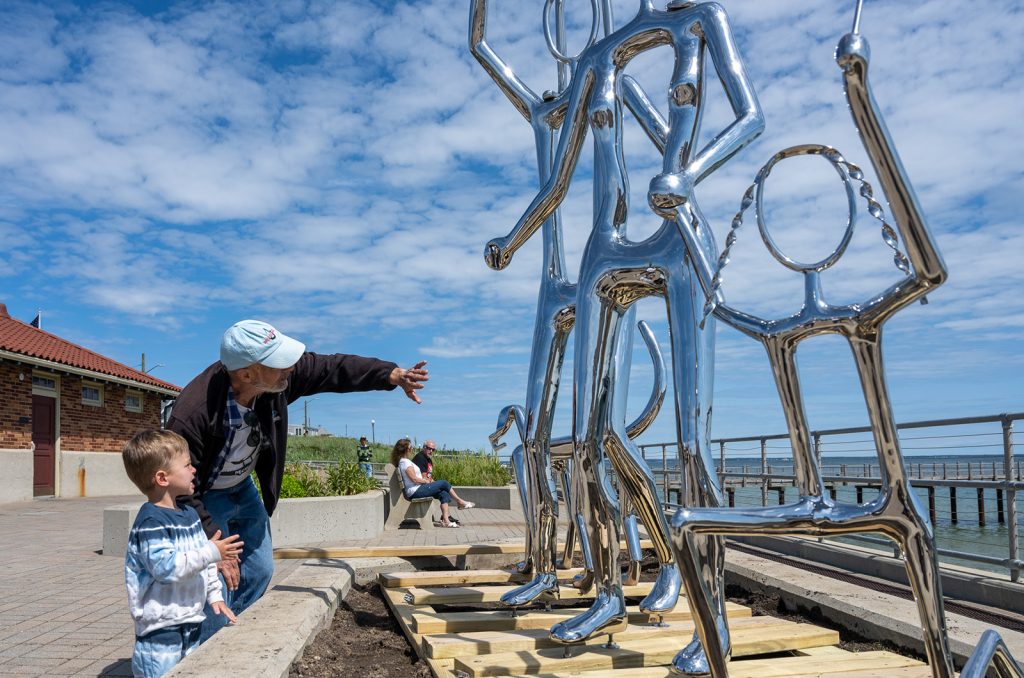Michelangelo Merisi da Caravaggio, known simply as Caravaggio, was one of the most influential painters of the Baroque period. His dramatic use of light and shadow, known as chiaroscuro, and his realistic depiction of the human form revolutionized the art world and continue to inspire artists to this day. However, Caravaggio’s personal life was as controversial as his art, leading many to question whether he was a masterful artist or a troubled individual.
Born in 1571 in Milan, Caravaggio’s early life was marked by tragedy and hardship. His father died when he was young, leaving his family in financial ruin. Caravaggio was apprenticed to a painter in Milan before moving to Rome in the early 1590s to further his career. It was in Rome that Caravaggio’s talent was discovered and he began to garner attention for his bold and innovative style.
Caravaggio’s paintings were often controversial for their realism and depiction of the darker aspects of human life. His use of ordinary people as models, often drawn from the lower classes, was a stark contrast to the idealized figures of his contemporaries. In his famous painting “Judith Beheading Holofernes,” Caravaggio depicts a gruesome scene of violence and bloodshed with a disturbingly realistic detail.
Despite his success as an artist, Caravaggio’s personal life was chaotic and turbulent. He was known for his volatile temper and propensity for violence. He was often involved in brawls and skirmishes, and in 1606 he killed a man in a street fight, leading to a warrant for his arrest. Caravaggio fled Rome and spent the rest of his life on the run, moving from city to city across Italy and eventually dying in mysterious circumstances in 1610.
The question of whether Caravaggio was a masterful artist or a troubled individual continues to divide art historians and critics. Some argue that his tumultuous personal life only added to the intensity and emotion of his work, while others believe that his behavior was a reflection of his troubled soul. Regardless of where one falls on this debate, there is no denying the lasting impact of Caravaggio’s art on the world of painting.
In the end, michelangelo merisi da caravaggio’s legacy is one of contradictions and complexities. He was a revolutionary artist whose work pushed the boundaries of what was considered acceptable in his time, yet he was also a deeply troubled individual whose personal demons ultimately led to his downfall. Perhaps it is this very tension between light and darkness, beauty and brutality, that continues to captivate audiences and scholars alike, making Caravaggio one of the most enigmatic and compelling figures in the history of art.



